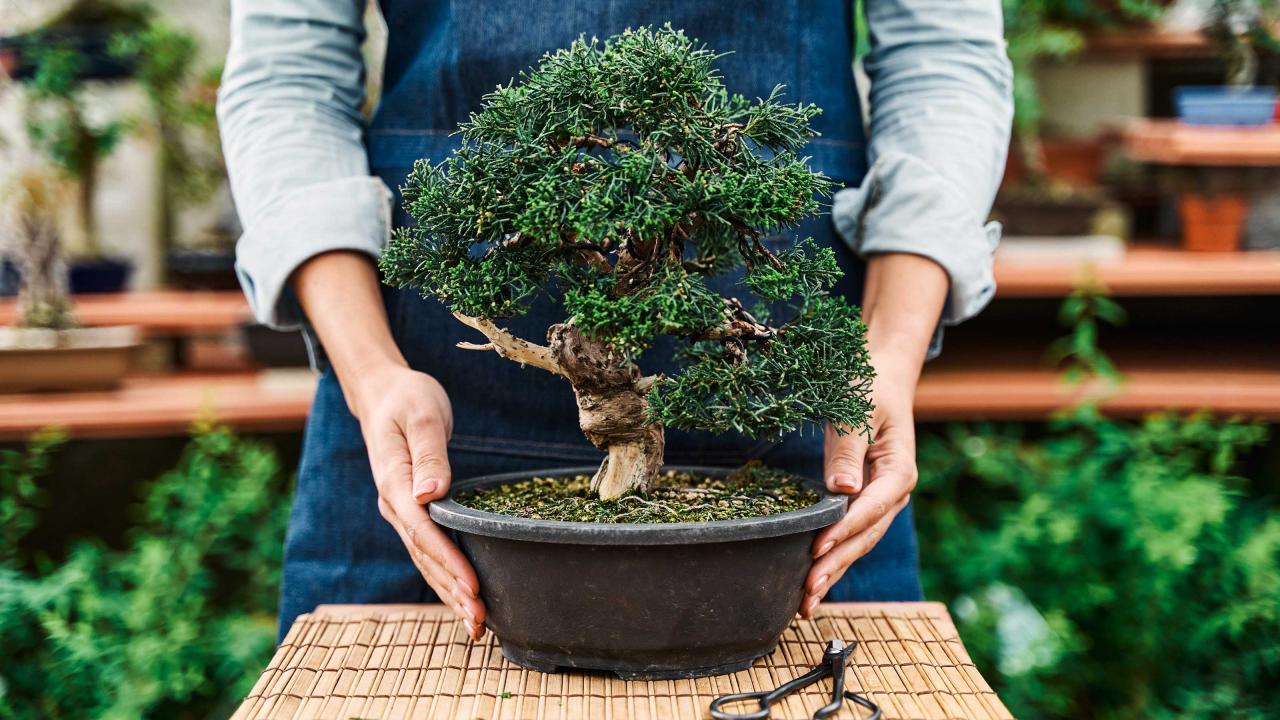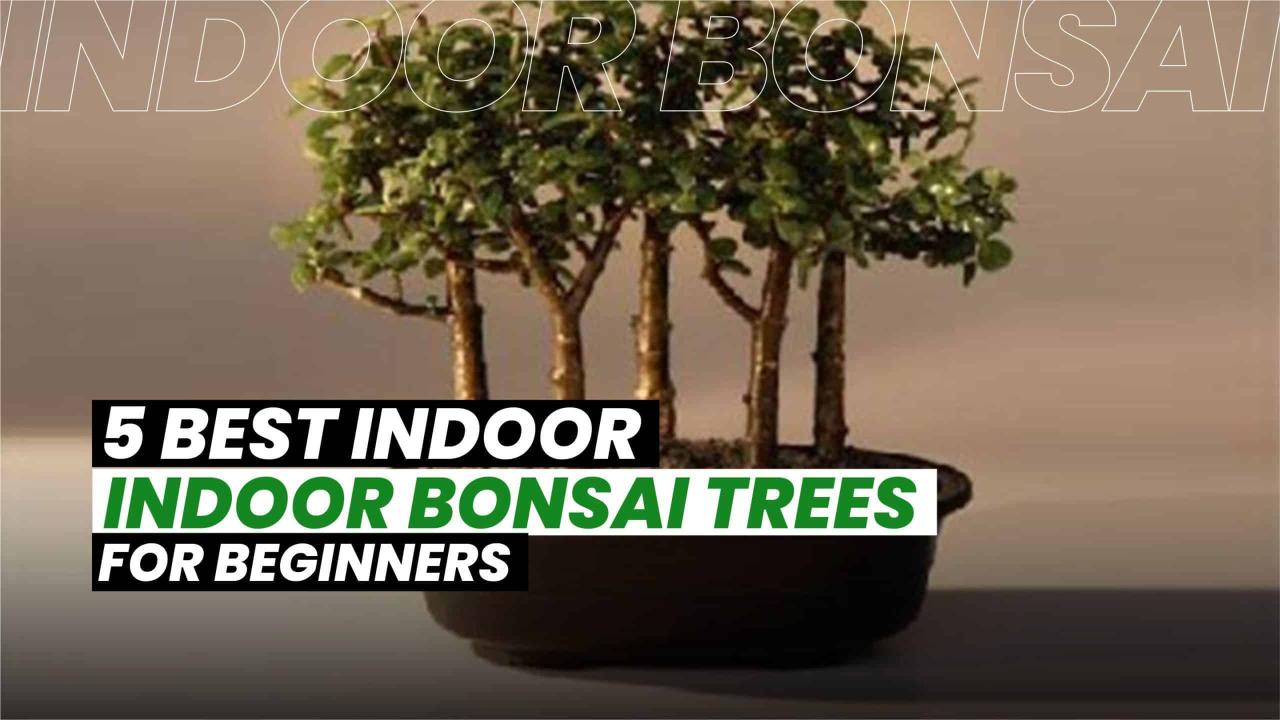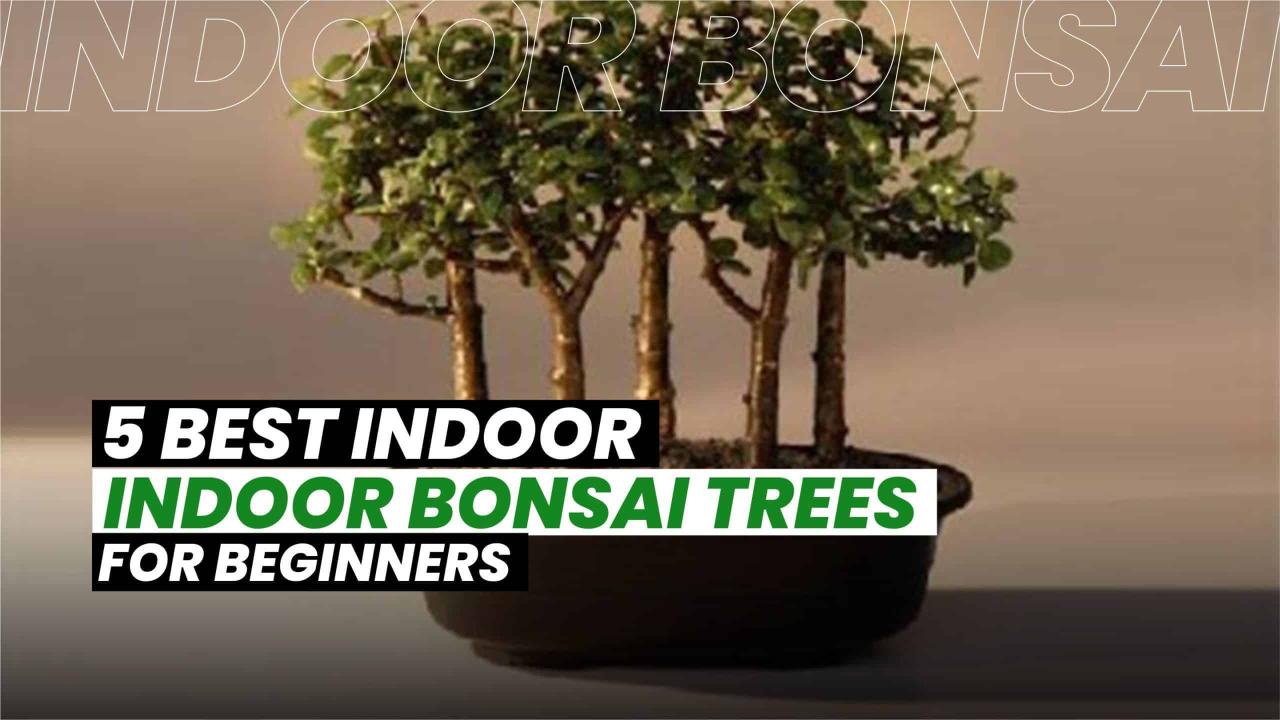The Ultimate Bonsai Tree Care Checklist is your comprehensive guide to cultivating these miniature masterpieces. Bonsai, meaning “planted in a pot,” are living works of art that embody the harmony between nature and human artistry. These captivating trees, often centuries old, have long been cherished for their beauty and serenity, representing a commitment to patience, mindfulness, and connection with the natural world.
Whether you’re a seasoned bonsai enthusiast or just starting your journey, this checklist will equip you with the knowledge and tools to nurture your bonsai to its fullest potential. From selecting the right tree to mastering essential care techniques, we’ll delve into every aspect of bonsai cultivation, empowering you to create a thriving miniature ecosystem in your home or garden.
Choosing the Right Bonsai Tree
Selecting the right bonsai tree is crucial for your success as a bonsai enthusiast. It lays the foundation for a rewarding journey of nurturing a miniature living masterpiece. This section will guide you through the process of choosing a bonsai tree that aligns with your preferences and provides the best chance for thriving.
Types of Bonsai Trees
The world of bonsai encompasses a diverse array of tree species, each with unique characteristics that contribute to their distinct appeal. Some popular choices for beginners include:
- Juniper:Known for their resilience and adaptability, junipers are excellent choices for beginners. They are relatively easy to care for and can withstand a range of conditions.
- Ficus:Ficus trees are popular for their lush foliage and ability to tolerate indoor environments. They are relatively fast-growing and can be styled into various shapes.
- Maple:Maple trees are prized for their vibrant autumn foliage and delicate branching patterns. They are slightly more challenging to care for than junipers and ficus but offer a rewarding experience.
- Pine:Pines are iconic bonsai subjects, known for their rugged beauty and ability to withstand harsh conditions. They are a good choice for experienced bonsai enthusiasts.
Selecting a Healthy Bonsai Tree
When choosing a bonsai tree, it’s essential to select a healthy specimen that is free from pests and diseases. Here are some key factors to consider:
- Healthy Foliage:Look for trees with vibrant, green foliage that is free from any signs of discoloration, wilting, or pests. Healthy foliage indicates the tree is well-nourished and thriving.
- Strong Trunk:The trunk should be thick and sturdy, with no signs of cracks or damage. A strong trunk provides a solid foundation for the tree’s growth and development.
- Well-Developed Roots:When possible, examine the root system. Healthy roots should be white and firm, indicating the tree is well-established and capable of absorbing water and nutrients.
Factors to Consider
Choosing the right bonsai tree involves more than just aesthetics. Consider these factors to ensure a successful bonsai journey:
- Climate:Select a tree that is well-suited to your local climate. Some trees are more tolerant of cold temperatures than others. Consider your region’s average temperature range, humidity levels, and sunlight exposure.
- Space:Bonsai trees require adequate space to grow and thrive. Choose a tree that will fit comfortably in your chosen location, whether indoors or outdoors.
- Personal Preferences:Ultimately, the best bonsai tree for you is one that you enjoy. Consider your aesthetic preferences, desired style, and the amount of time you are willing to dedicate to care.
Essential Tools and Supplies

Having the right tools is crucial for providing optimal care for your bonsai tree. These tools will help you perform essential tasks like pruning, shaping, and repotting.
Essential Bonsai Tools and Supplies
A well-equipped bonsai toolkit will make your tree care routine more efficient and enjoyable. Here’s a table listing some essential tools and supplies:
Tool |
Description |
Function |
Where to Buy |
|---|---|---|---|
Bonsai Shears |
Small, sharp shears designed for precise pruning. |
Cutting branches and leaves with precision, shaping the tree’s silhouette. |
Amazon, local nurseries, specialty bonsai stores. |
Concave Cutter |
A specialized tool with a curved blade for creating cuts that promote healing and prevent scarring. |
Creating precise cuts on branches, promoting callus formation and minimizing damage. |
Amazon, local nurseries, specialty bonsai stores. |
Wire Cutters |
Heavy-duty cutters used for cutting wire used in bonsai shaping. |
Cutting wire used for shaping branches, ensuring a clean and precise cut. |
Amazon, local nurseries, specialty bonsai stores. |
Bonsai Wire |
Aluminum or copper wire used to shape branches and create desired forms. |
Guiding branches into specific positions, creating curves and angles, and maintaining the bonsai’s aesthetic. |
Amazon, local nurseries, specialty bonsai stores. |
Bonsai Potting Soil |
A well-draining soil mix specifically formulated for bonsai trees. |
Providing the optimal growing medium for bonsai, ensuring proper drainage and aeration. |
Amazon, local nurseries, specialty bonsai stores. |
Watering Can with a Fine Rose |
A small watering can with a fine rose to distribute water evenly without disturbing the soil. |
Providing precise and gentle watering, preventing soil erosion and ensuring proper hydration. |
Amazon, local nurseries, garden centers. |
Bonsai Rake |
A small rake with fine tines used to remove debris and loosen soil. |
Maintaining cleanliness and aeration in the bonsai pot, preventing disease and promoting healthy growth. |
Amazon, local nurseries, specialty bonsai stores. |
Bonsai Scissors |
Small, sharp scissors used for trimming fine foliage and removing unwanted buds. |
Achieving precise trimming and shaping of leaves and buds, maintaining the bonsai’s aesthetic and promoting growth. |
Amazon, local nurseries, specialty bonsai stores. |
Bonsai Tray |
A shallow tray designed to catch excess water and prevent drainage problems. |
Collecting excess water from the bonsai pot, preventing overwatering and ensuring proper drainage. |
Amazon, local nurseries, specialty bonsai stores. |
Potting and Repotting
The right pot is essential for the health and well-being of your bonsai tree. The pot plays a vital role in controlling drainage, providing adequate root space, and enhancing the aesthetic appeal of the tree. Repotting is a necessary practice to refresh the soil, prune the roots, and ensure continued growth.
Choosing the Right Pot, The Ultimate Bonsai Tree Care Checklist
The choice of pot significantly impacts the bonsai’s growth and appearance. Here are some key factors to consider:
- Size and Shape:The pot should be slightly larger than the root ball, allowing for adequate growth. The shape of the pot can influence the overall style and aesthetic of the bonsai.
- Material:Common materials include ceramic, clay, and plastic. Each material has unique properties affecting drainage and temperature regulation.
- Drainage:Proper drainage is crucial to prevent root rot. Pots with drainage holes are essential for bonsai trees.
- Glaze:Unglazed pots allow for better aeration and water evaporation. Glazed pots retain moisture longer, suitable for trees that require more humidity.
Repotting a Bonsai Tree
Repotting is a critical step in bonsai care, typically done every 2-3 years for young trees and less frequently for mature ones.
- Prepare the New Pot:Choose a pot slightly larger than the current one. Ensure it has drainage holes and is clean.
- Soil Selection:Bonsai soil needs to be well-draining, porous, and rich in nutrients. A common mixture includes:
Akadama (a volcanic clay), Pumice, and Kanuma (another type of volcanic clay).
- Root Pruning:Gently remove the tree from its current pot. Carefully prune the roots, removing any circling or damaged roots. The goal is to stimulate new root growth and maintain the desired size and shape.
- Planting:Place a layer of drainage material (such as gravel or pebbles) in the bottom of the new pot. Fill the pot with bonsai soil, leaving space for the root ball. Position the tree in the center, ensuring the soil level is even with the top of the root ball.
- Watering:Water the tree thoroughly after repotting, allowing the water to drain through the drainage holes.
Identifying When to Repot
Several signs indicate that a bonsai tree needs repotting.
- Roots Emerging from Drainage Holes:This is a clear sign that the roots are becoming overcrowded.
- Slow Growth:If the tree’s growth rate has significantly slowed, repotting can help stimulate new growth.
- Soil Compaction:Over time, bonsai soil can compact, hindering drainage and root growth.
- Nutrient Deficiency:If the soil is depleted of nutrients, repotting with fresh soil can address the issue.
Pruning and Shaping
Pruning is an essential aspect of bonsai care, allowing you to control the tree’s growth, shape, and overall aesthetic appeal. It involves removing unwanted branches and foliage, encouraging the development of new growth in desired areas, and maintaining the tree’s health.
Maintaining the delicate balance of a bonsai tree requires meticulous attention, and our Ultimate Bonsai Tree Care Checklist provides a comprehensive guide to ensuring your miniature masterpiece thrives. From understanding the basics of bonsai care to mastering advanced techniques, Bonsai enthusiasts will find everything they need to nurture their trees to their full potential.
With this checklist as your companion, you can confidently navigate the intricacies of bonsai care and create a miniature world of beauty in your own home.
Types of Pruning Techniques
Different pruning techniques are used for bonsai trees, each serving a specific purpose. Understanding these techniques is crucial for achieving the desired shape and size for your bonsai.
- Pinching: This technique involves removing the growing tips of new shoots, known as terminal buds, with your fingers or small pruning shears. Pinching promotes branching and bushier growth, preventing the tree from growing too tall and maintaining a compact form.
It is best done regularly, especially during the active growing season.
- Trimming: Trimming involves using pruning shears to remove larger branches or sections of the tree. This technique is used to shape the tree’s overall silhouette, remove dead or diseased branches, and control the growth of specific branches. It is often done during the dormant season when the tree is not actively growing.
- Defoliation: Defoliation involves removing all or a portion of the tree’s leaves. This technique is used to encourage the development of smaller leaves and finer branches, creating a more refined appearance. Defoliation is typically done in late spring or early summer, after the tree has finished its primary growth flush.
Tips for Pruning Bonsai Trees
Proper pruning techniques are essential for maintaining the health and aesthetic appeal of your bonsai tree.
- Use sharp, clean pruning tools: Sharp tools make clean cuts, reducing the risk of damage or disease. Clean tools prevent the spread of pathogens between trees.
- Prune in the right season: The best time to prune depends on the specific species and the desired outcome. Most bonsai trees are pruned during the dormant season, typically in late winter or early spring, before new growth emerges. However, some species can be pruned during the growing season, especially when promoting branching.
- Prune strategically: Prune branches to maintain the desired shape and size of the tree, considering the natural growth habit of the species. Avoid pruning too much at once, as this can stress the tree.
- Understand the growth habits of different species: Each bonsai tree species has unique growth characteristics, such as branching patterns, leaf size, and growth rate. Understanding these characteristics allows you to tailor your pruning techniques to the specific species.
Closing Summary

With dedication and the right care, your bonsai can flourish for generations to come, becoming a cherished heirloom that reflects your commitment to the art of bonsai. As you embark on this journey, remember that patience is key. Embrace the process of nurturing your tree, and allow its beauty to unfold over time.
This checklist serves as a foundation for your bonsai adventure, and as you gain experience, you’ll develop your own unique approach to caring for these captivating miniature wonders.
Query Resolution: The Ultimate Bonsai Tree Care Checklist
What is the best time of year to repot a bonsai tree?
The best time to repot a bonsai tree is during its dormant period, typically in late winter or early spring, before new growth begins.
How often should I fertilize my bonsai tree?
Bonsai trees should be fertilized regularly during the growing season, typically every 2-4 weeks, using a balanced fertilizer specifically designed for bonsai.
What are some common bonsai pests and diseases?
Common bonsai pests include aphids, mealybugs, and scale insects. Common diseases include root rot, leaf spot, and powdery mildew.
